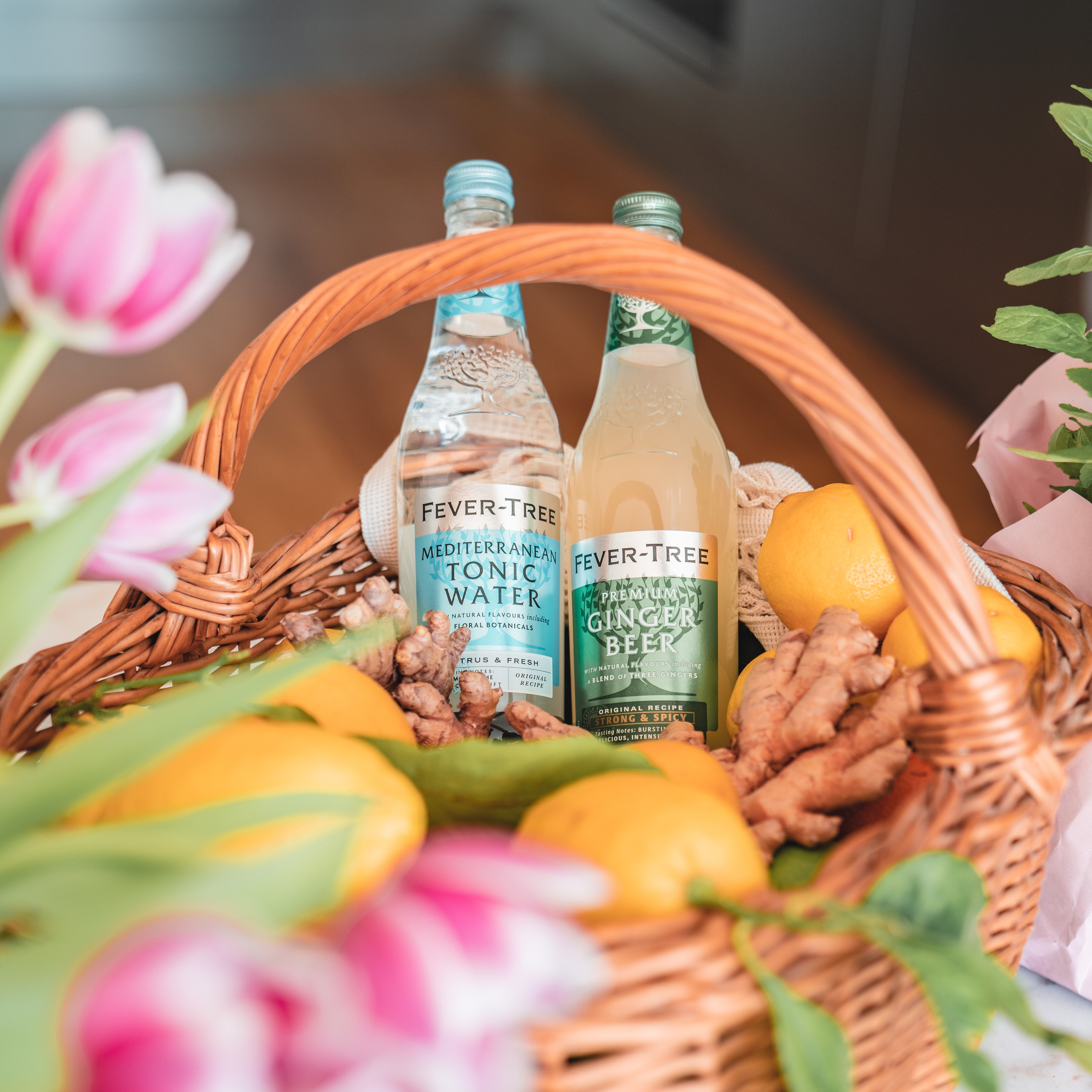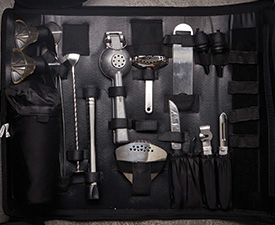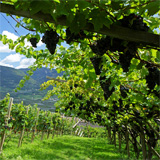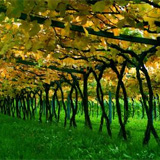The pergola trellising system promoted by the Romans and still used in Italy, normally has fewer vines per hectare - with approx 1666 vines/ha in the classic pergola-trellised vineyard, compared with around 4000 vines/ha in a regular VSP.
In the pergola system, shoot-positioning is not required and canopy management is limited. The average Italian vineyard is less than 4ha in area so finding people to harvest the grapes is less of a concern, though two issues work against the pergola trellis: the position of the arms makes harvesting difficult; and the overhead design makes it difficult to use a modern tractor.
Vines are trained into a variety of styles that aid in managing the canopy and controlling yields. To find the balance in enough foliage to assist photosynthesis without excessive shading that could inhibit grape ripening or possibly lead to unbalanced fruit development, with high levels of malic acid in some varieties. However, this depends on the vigour of the canopy. A balanced overhead canopy allows sufficient sunlight, airflow and can reach the upper leaves and lateral shoots, which grow up and over the roof. For late-ripening grapes such as Montepulciano, growers must remember that the sun is lower on the horizon later in the season, therefore, the shading and risk of disease increases.
The pergola trellis efficiently intercepts light, thereby giving the vine a higher yield potential, also frost damage is rare and this explains its popularity in mountainous regions, such as Alto Adige, Northern Piedmont and areas of Argentina. It is well known that temperature is an important factor in the maturation and quality of grapes, which works against the pergola. However, in a warm climate, it may be preferable that temperature fluctuations are avoided, and minimising the exposure of grapes to high daytime temperatures. Growers must consider the requirements of each variety, the meso-climate, the desired wine style and vineyard production costs when selecting the best vine trellising system.











